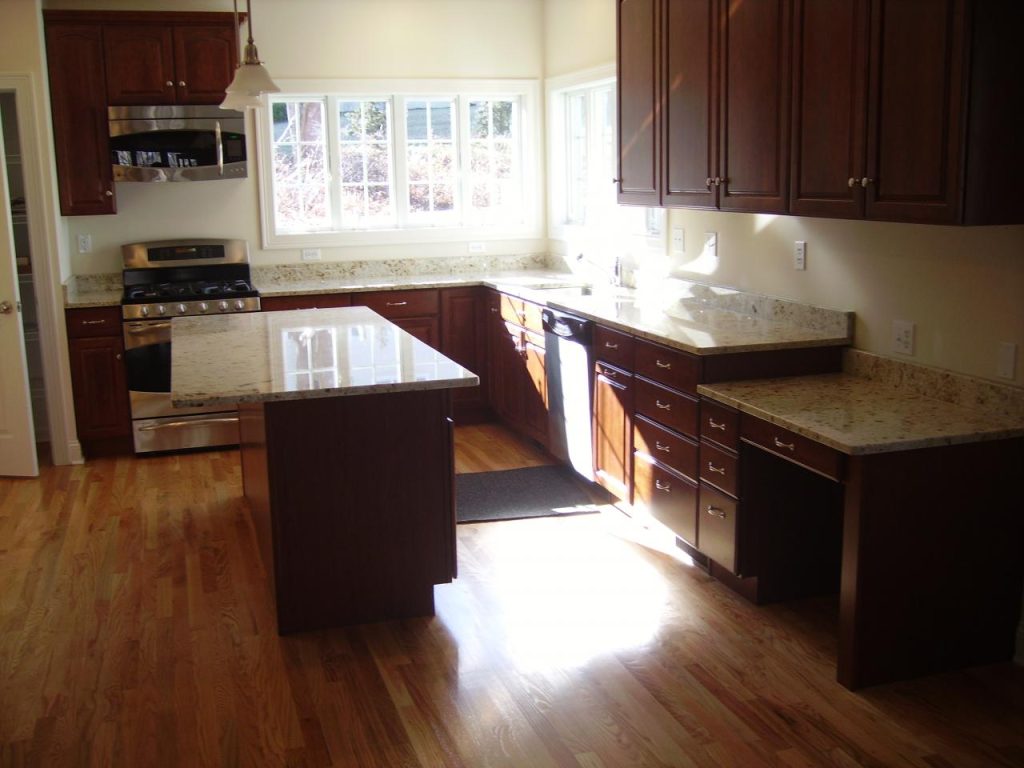Achieving clean edges when cutting granite requires a combination of the right tools, proper technique, and attention to detail. Granite, being a dense and tough material, demands specialized equipment to ensure precision and avoid chips, cracks, or rough edges. Here’s how to achieve smooth and clean edges using advanced granite cutting tools. First and foremost, using the correct cutting tool is essential. A high-quality diamond blade is the primary tool for cutting granite. Diamond blades are specifically designed to handle the hardness of granite and provide a clean, smooth cut. When selecting a diamond blade, ensure it is suitable for granite, as blades vary in composition depending on the material being cut. A continuous rim diamond blade is ideal for making smooth cuts without rough edges, as the rim continuously contacts the stone, preventing any jerking or uneven cuts. Always remember to take safety precautions such as wearing protective goggles, gloves, and a dust mask to protect yourself from flying debris and dust particles.

Before you start the cutting process, preparation is crucial. Secure the granite slab on a stable surface using clamps or a worktable designed for stone cutting. A stable setup minimizes vibration, which can lead to uneven edges or even cause the stone to crack. Mark the cutting line clearly with a pencil or chalk, and double-check measurements to ensure accuracy. When cutting, use a wet saw for the best results. A wet saw not only helps keep the blade cool during operation but also reduces dust and prevents the granite from overheating, which can cause it to crack. The water also aids in lubricating the cutting process, making it smoother and producing cleaner edges. As you cut along the marked line, maintain a steady and controlled speed. Avoid forcing the blade through the stone, as this can lead to jagged edges and an uneven cut. Let the saw do the work, ensuring that you move it smoothly and consistently along the line. Once the cutting is complete, the next step is to refine the edges.
While diamond blades can leave a clean cut, they may still result in slight roughness or sharpness along the edges. To achieve a perfectly polished edge, use a diamond polishing pad. These pads are available in different grits, allowing you to start with a coarse grit and gradually move to finer ones. Start with a lower grit around 50 or 100 to remove any roughness and then proceed to higher grits up to 3000 or even higher for a smooth, glossy finish. It is important to keep the surface wet during this process to reduce friction and prevent overheating. For rounded or beveled edges, you can use a router with a diamond bit specifically designed for granite and visit this official site. A router allows for more control when shaping the edges of the granite, whether you are aiming for a rounded, ogee, or bevel profile. By applying consistent pressure and moving the router steadily along the edge, you can achieve a precise, uniform shape.